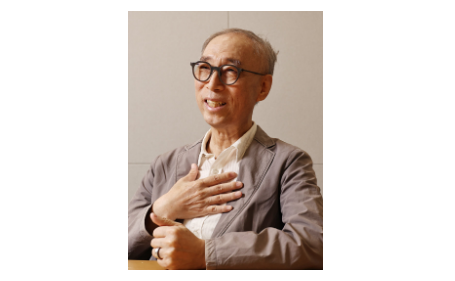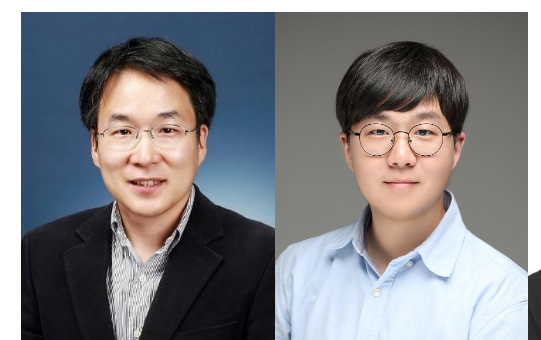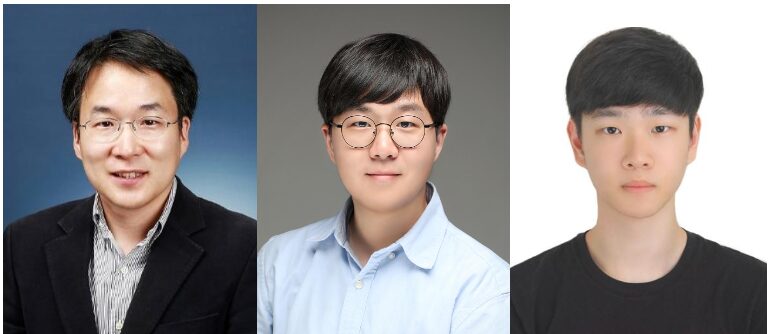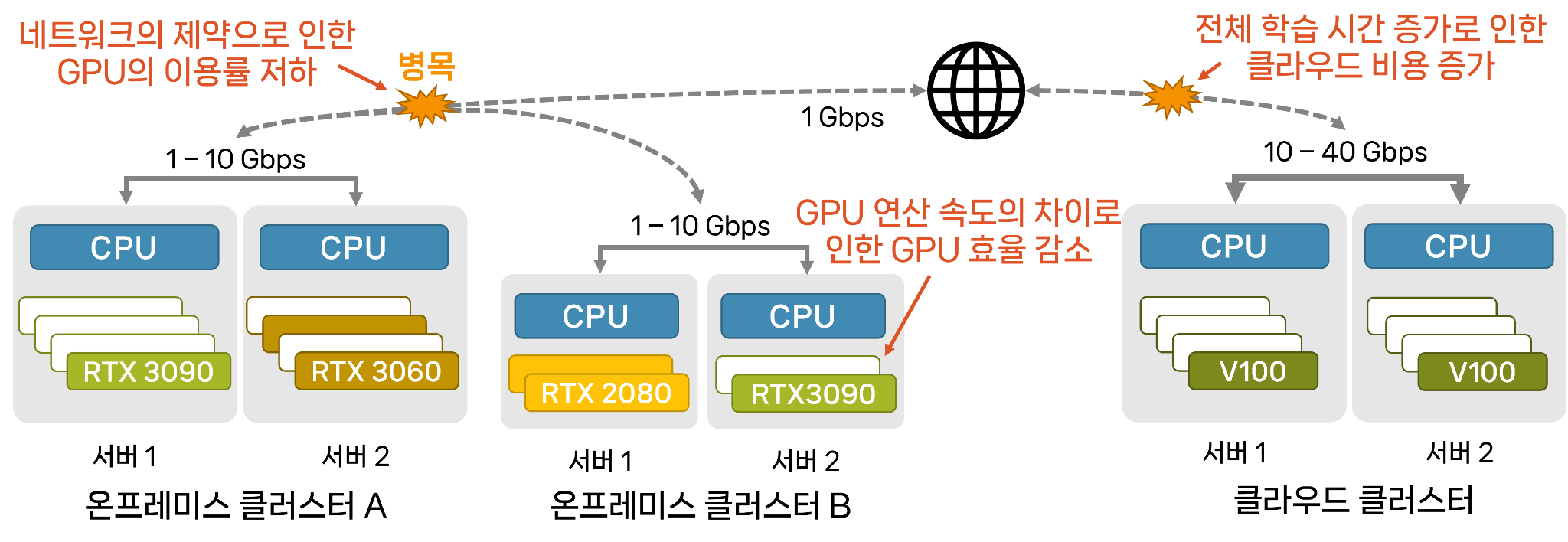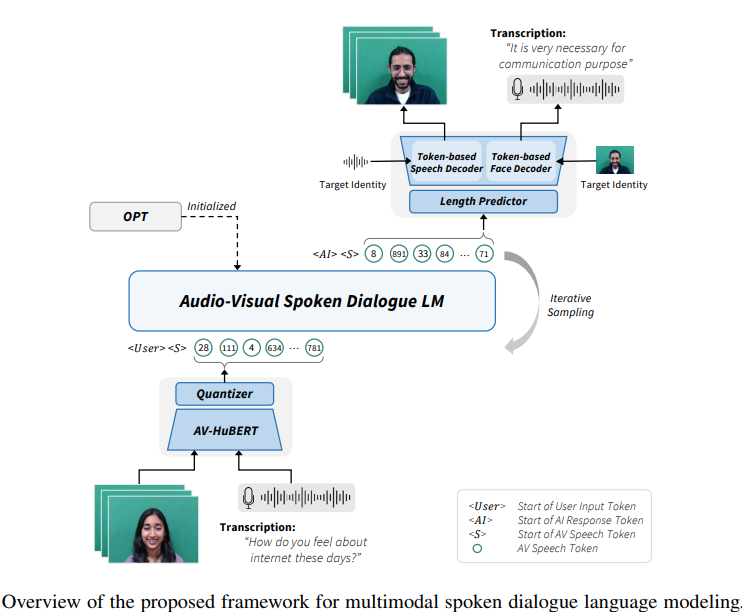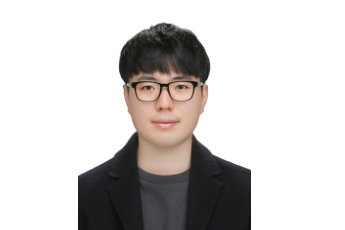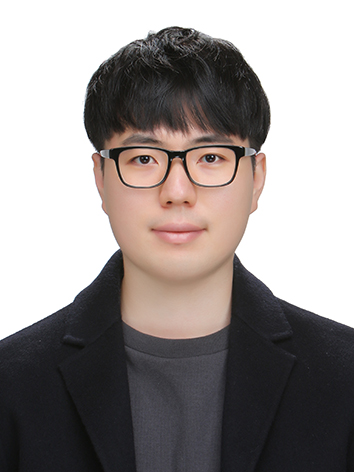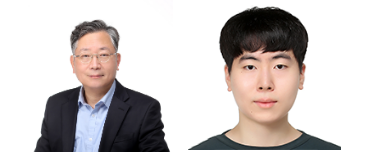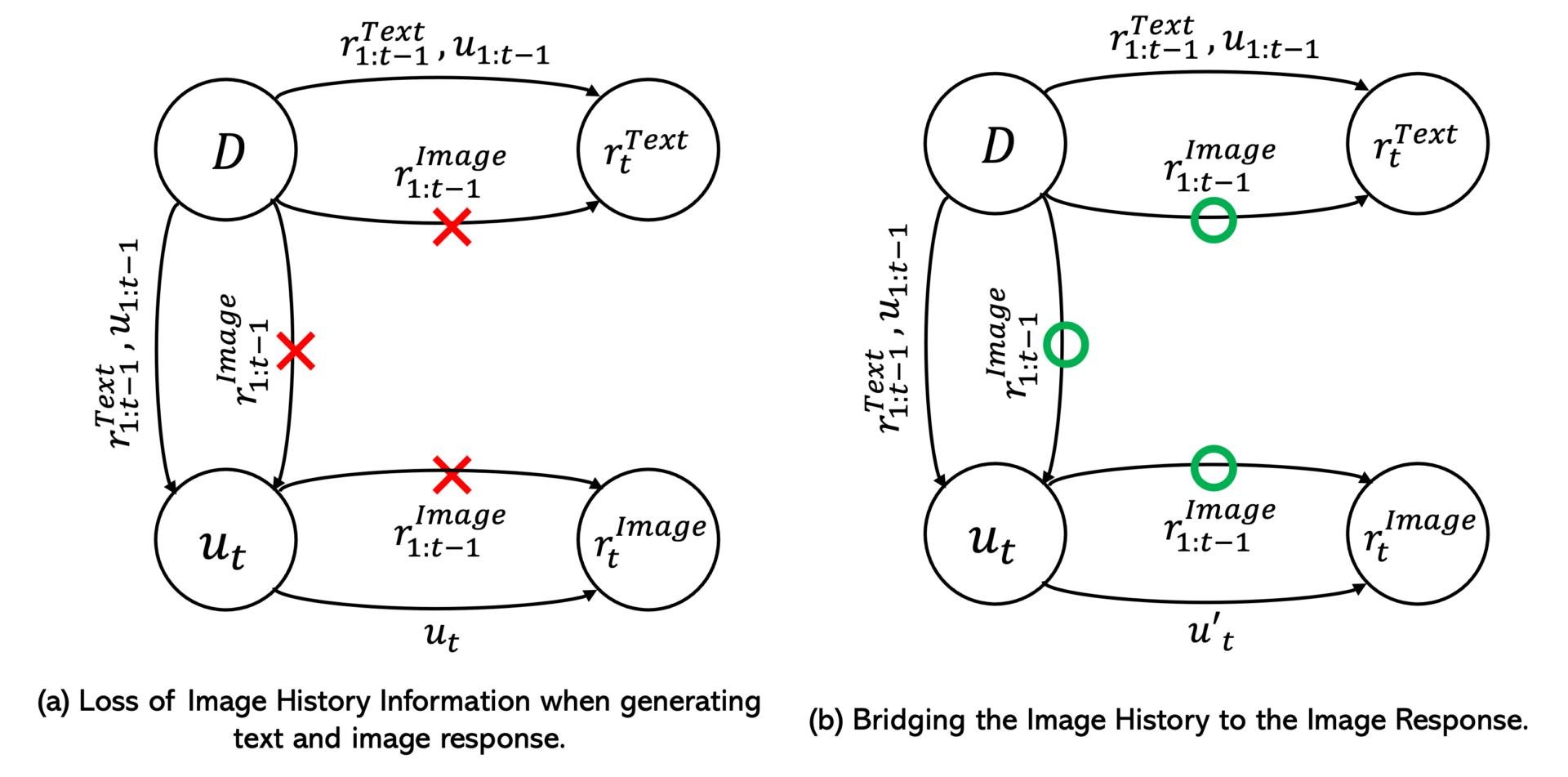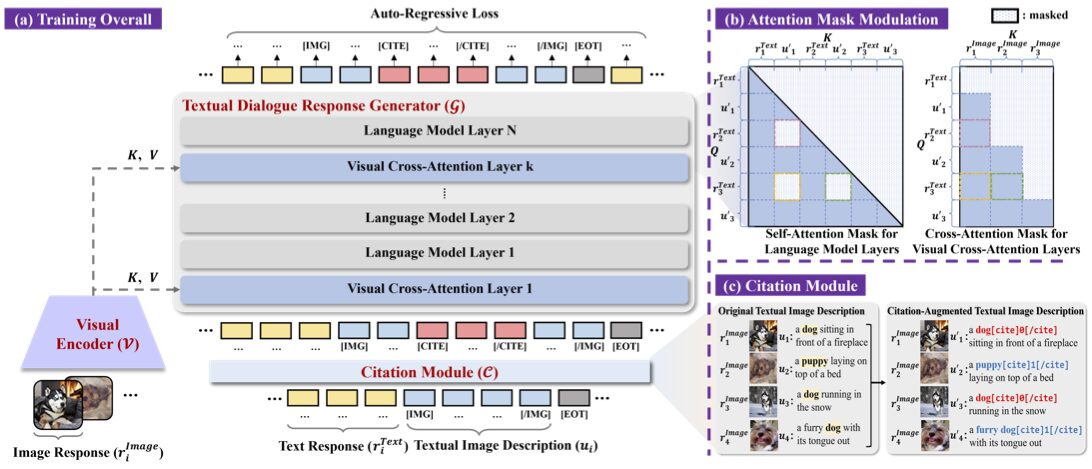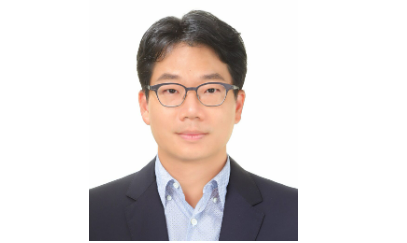EE Professor Junil Choi Research Team Lead Development of New Visible Light Communication Encryption Technology Using Chiral Nanoparticles n collaboration with Seoul National University

<Photo (from left): Professor Junil Choi, integrated master’s and PhD student Gunho Han, Seoul National University PhD student Junghyun Han, Dr. Jiawei Liu, Professor Ki Tae Nam>
Recently, next-generation visible light communication technology, leveraging visible light’s high frequency and linear propagation used in lighting systems, has attracted significant interest. Visible light communication boasts high security and data transmission speed, but it remains vulnerable to eavesdropping due to signal leakage, necessitating further advancements in encryption. The novel approach by the research team aims to address this gap by harnessing the unique interaction between polarization and the chiral optical properties of nanoparticles, which significantly enhances encryption performance.
The collaborative research from KAIST and Seoul National University has successfully used chiral nanoparticles to develop a secure visible light communication technology that greatly improves security. They achieved this by leveraging the nanoparticles’ chiral optical properties.
The team demonstrated through simulations that the security of visible light communication can be enhanced by optimizing the polarization based on the chiral properties of the nanoparticles—properties that are exclusive to authorized receivers. This effectively blocks any eavesdropping attempts.

<Figure 1. Conceptual illustration of the novel polarization-based visible light communication encryption system developed using chiral nanoparticles>
The research also revealed that signals passing through chiral nanoparticles create a unique differential channel due to circular dichroism—a phenomenon where the absorption of left- and right-handed circularly polarized light differs. The team found that adjusting the signal strength received through this differential channel can further boost encryption capabilities.
Furthermore, by comparing the bit error rates of legitimate receivers and potential eavesdroppers, the team demonstrated that visible light communication, once encrypted in this way, becomes nearly impossible to clone or intercept. They also showed that optimizing the polarization state based on the chiral properties allows for selective tuning of the system’s security and energy efficiency.
Professor Junil Choi emphasized, “This achievement was possible thanks to the collaboration between experts in materials science and electrical engineering. Moving forward, we intend to continue advancing visible light communication technology based on nanoparticles, aiming to develop a fundamentally eavesdropping-proof communication system.”
The study, co-authored by KAIST PhD candidate Gunho Han, Seoul National University PhD candidate Junghyun Han, and postdoctoral researcher Dr. Jiawei Liu, was published in the September issue of the prestigious multidisciplinary journal Nature Communications (Paper title: Spatiotemporally modulated full-polarized light emission for multiplexed optical encryption). This research was supported by the Agency for Defense Development through the Future Challenge Defense Technology Development Program.
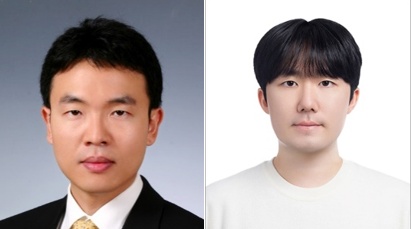


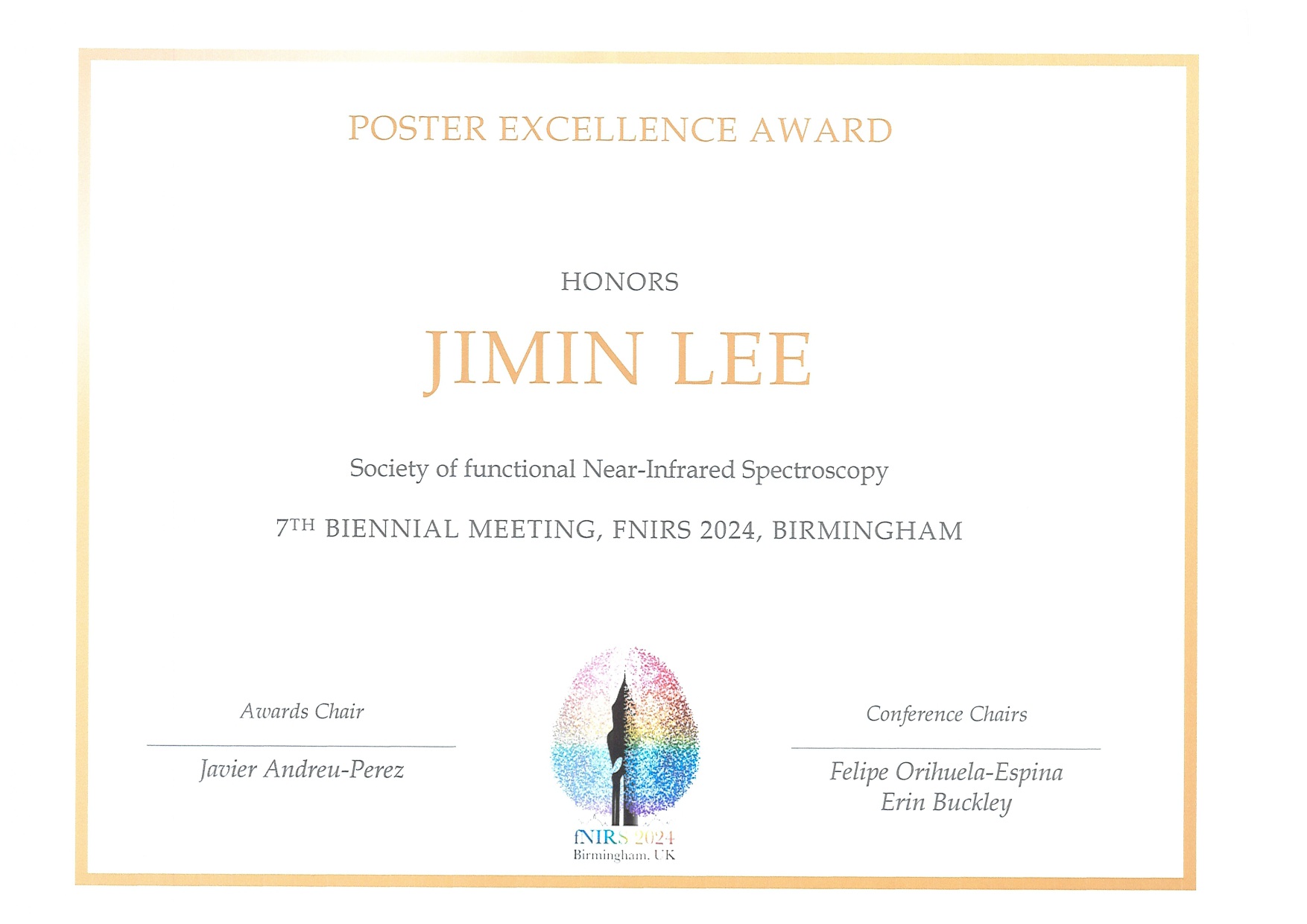
![연구 > 연구성과 7 KAIST EE’s Insue Won (MS, Graduated, 8. 2024), Jeoungmin Ji (Ph.D Candidate), and Donggyun Lee in Prof. Seunghyup Yoo’s lab awarded at the 2024 International Meeting on Information Display (IMID)]](https://ee.kaist.ac.kr/wp-content/uploads/2024/09/썸네일-4.png)



